Table of Contents
The Lebanese flag, also known as the flag of Lebanon, holds a significant place in the nation’s history and culture. With its distinctive design and meaningful symbolism, it represents the Lebanese identity and heritage. In this article, we will delve into the intriguing aspects of the Lebanon flag, its design, historical background, and the symbolism behind its elements.
The Lebanon flag features three horizontal bands - red, white, and green - symbolizing courage, peace, and hope respectively, with a central cedar tree representing strength and heritage.
Lebanon Flag: Colors and Symbolism
- The flag of Lebanon features three horizontal bands – red on top, white in the middle, and green at the bottom.
- Centered on the white band is a stylized cedar tree, which holds deep historical and cultural significance.
- The red color on the flag represents bravery, courage, and the sacrifices made by the Lebanese people.
- The white color symbolizes peace, purity, and the snow-capped mountains of Lebanon.
- The green color represents hope, prosperity, and the fertile valleys of the country.
- The cedar tree, an ancient symbol of Lebanon, reflects the nation’s resilience, strength, and historical heritage.
Flag of Lebanon
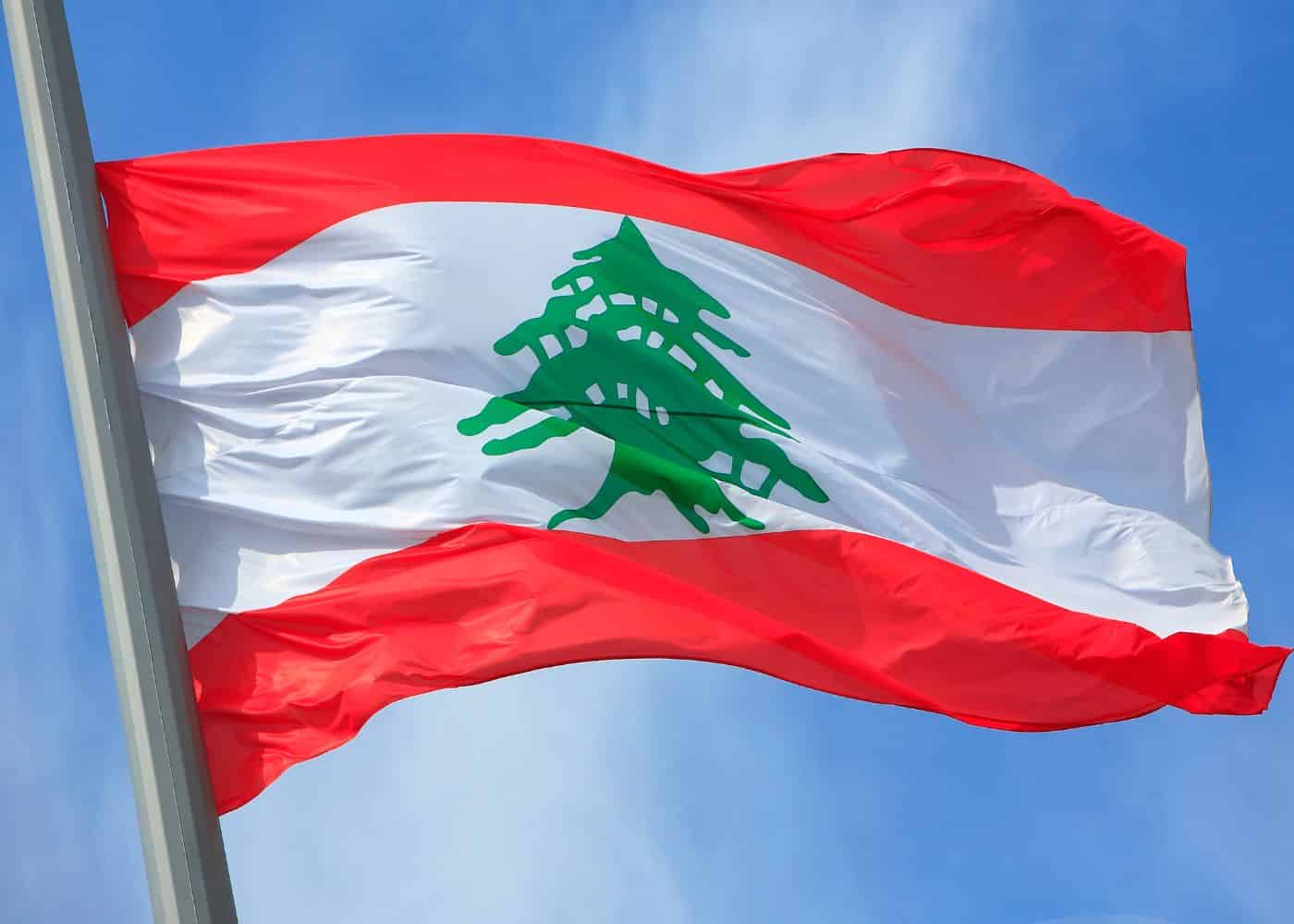
The flag stands as a powerful symbol that encapsulates the cultural significance and spirit of the nation. Its design consists of three horizontal bands – red on top, white in the middle, and green at the bottom.
Centered on the white band is a stylized cedar tree, representing Lebanon’s rich historical and cultural heritage. The red band signifies bravery, the white band symbolizes peace, and the green band represents hope.
The history of the flag is a testament to Lebanon’s identity and struggle for independence. Adopted on December 7, 1943, the flag has since represented the unity and aspirations of the Lebanese people. Its design and symbolism have remained constant, reflecting the enduring values of the nation.
Beyond its aesthetics, the flag from Lebanon carries deep symbolic meanings. The cedar tree, a symbol deeply rooted in Lebanon’s history, represents the country’s strength, resilience, and historical heritage. It signifies the unity and pride of the Lebanese people, reflecting their shared values and aspirations. You can take a Lebanon tour to visit the country’s fantastic destinations.
National Flag Etiquette and Protocol
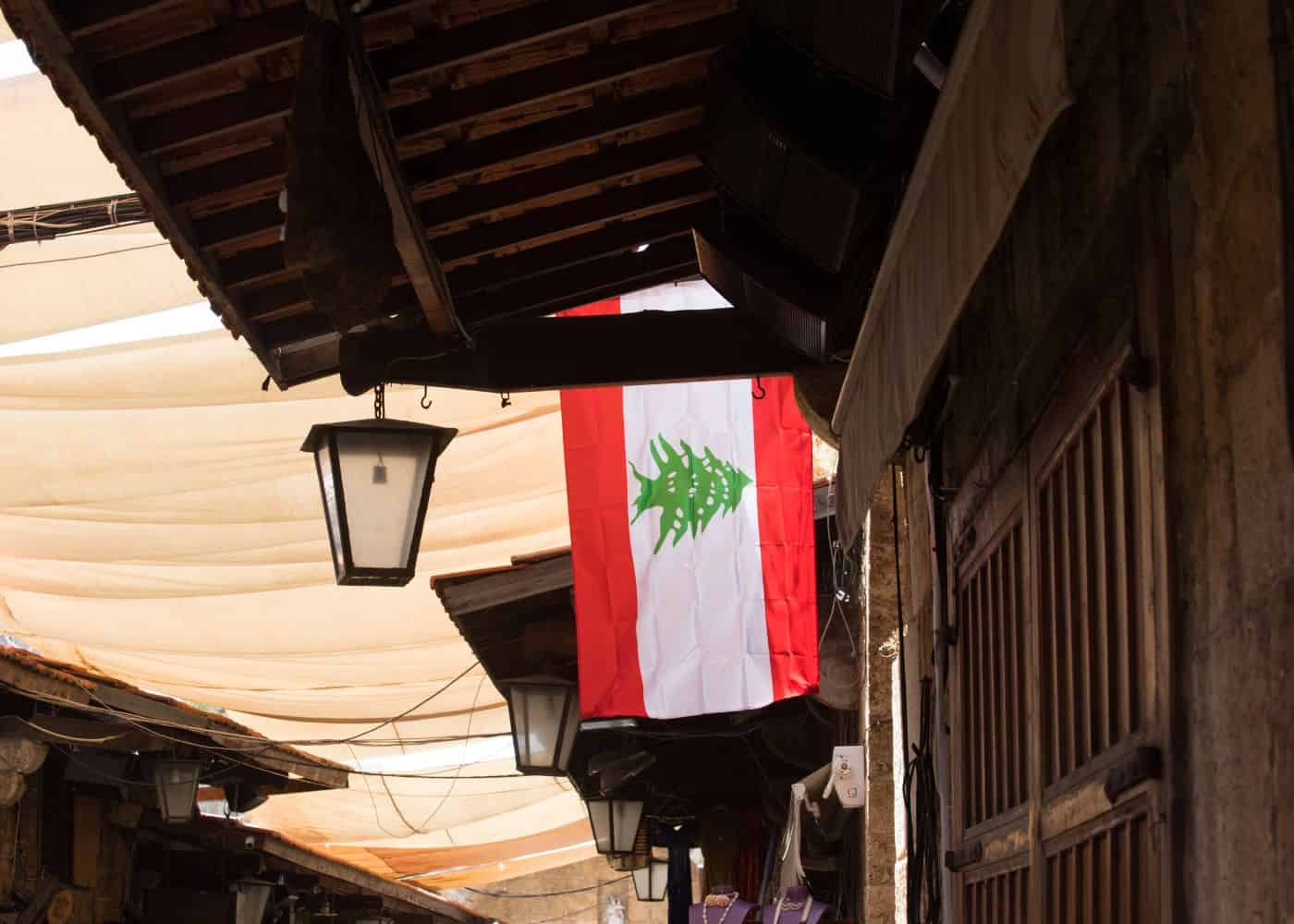
Respecting the proper usage and display of the Lebanese flag is of utmost importance. Understanding flag etiquette is essential, especially during national events and ceremonies. Learn about the protocols governing the handling, hoisting, and lowering of the flag. Discover the appropriate procedures for retiring or handling damaged flags, ensuring they are accorded the respect they deserve.
- Proper Handling: The Lebanese flag should be handled with care and respect, ensuring it is not allowed to touch the ground or floor. It should be held upright and not dragged.
- Hoisting and Lowering: When hoisting the flag, it should be raised briskly and lowered ceremoniously. It is customary to hoist the flag at sunrise and lower it at sunset, although this may vary depending on the occasion or specific guidelines.
- Displaying the Flag: The Lebanese flag should be displayed with the red band on top, followed by the white band, and the green band at the bottom. It should be flown freely and not entangled or obstructed.
- Half-Staff: Lowering the flag to half-staff is a gesture of mourning or respect. This should be done on specific days of remembrance or when directed by authorities to honor national tragedies or the passing of significant figures.
- Flag Retirement: When a Lebanese flag becomes damaged, torn, or worn out, it should be retired in a dignified manner. This can involve burning it in a respectful and solemn ceremony, following appropriate guidelines and local regulations.
- Flag Size and Placement: The size of the Lebanese flag displayed should be proportionate to the size of the flagpole or display area. It is recommended to consult local guidelines or authorities for specific rules regarding flag size and placement.
- Respectful Disposal: If a Lebanese flag cannot be retired through burning, it should be disposed of in a respectful manner. This can involve burying it or handing it over to authorized organizations that specialize in flag disposal.
Interesting Facts and Trivia
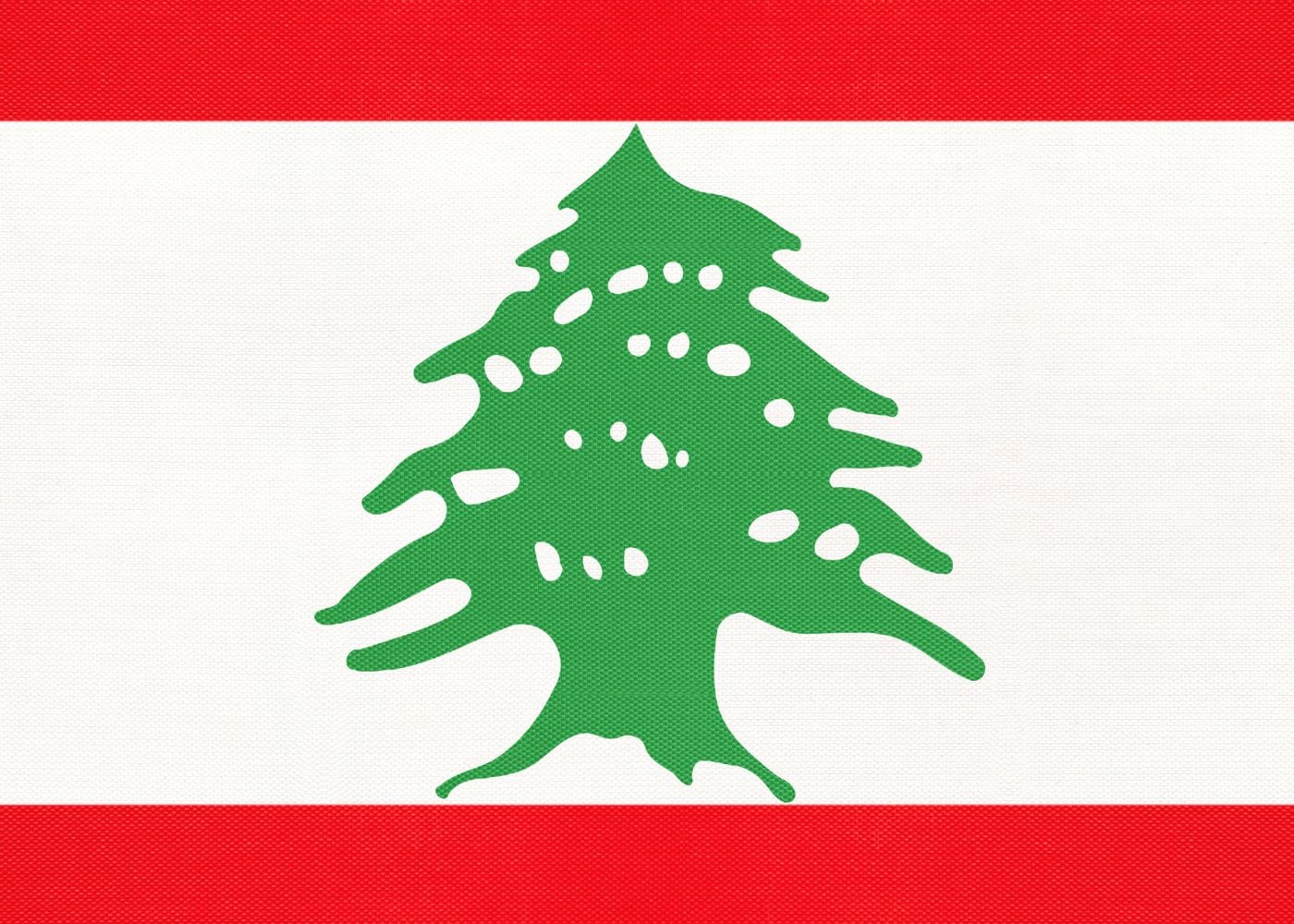
Embark on a journey of fascinating facts and lesser-known trivia about the Lebanese flag. Discover unique features within the flag’s design that hold hidden symbolism. Uncover stories of famous incidents or events involving the flag that have left an indelible mark on the nation’s history and identity.
Rich Tapestry of History
- 1943: The Lebanese flag is adopted on December 7, symbolizing the nation’s independence and unity.
Cedar Tree: The cedar tree featured on the flag has deep historical significance, representing Lebanon’s ancient forests and symbolizing strength, resilience, and national identity. - Red, White, and Green: The colors of the flag reflect the values and aspirations of the Lebanese people, with red symbolizing bravery, white representing peace, and green signifying hope.
- Unity and Pride: The flag serves as a unifying symbol for the diverse Lebanese population, transcending religious and cultural differences.
- National Identity: The flag embodies Lebanon’s rich history, cultural heritage, and the nation’s ongoing pursuit of peace, prosperity, and unity.
These historical facts highlight significant moments in the history of the Lebanese flag, showcasing its role in shaping Lebanon’s national identity and symbolizing its struggles and aspirations throughout the years.
Flag-Related Symbols and Emblems
A flag is not alone in representing the nation’s identity. Explore additional national symbols and emblems closely associated with Lebanon, understanding their significance and how they relate to the flag. Delve into their historical and cultural roots, further enriching your understanding of Lebanon’s heritage.
Symbolisms of the Lebanon Flag
The flag of Lebanon holds several symbolic elements that represent the nation’s history, values, and aspirations. Here are the symbolisms of the Lebanon flag presented in itemized form:
- Red Color: Represents bravery, courage, and the sacrifices made by the Lebanese people.
- White Color: Symbolizes peace, purity, and the snow-capped mountains of Lebanon.
- Green Color: Represents hope, prosperity, and the fertile valleys of the country.
- Cedar Tree: The stylized cedar tree represents Lebanon’s strength, resilience, and historical heritage.
- Unity and Diversity: The flag serves as a unifying symbol for the diverse Lebanese population, reflecting the shared values and aspirations of the nation.
- National Pride: The flag instills a sense of pride and identity among the Lebanese people, reminding them of their rich history and cultural heritage.
These symbolisms in the flag contribute to the country’s sense of identity and pride, reflecting its historical journey and cultural significance.
Flags of Similar Countries or Regions
Examining the flags of neighboring countries or regions can provide intriguing insights. Compare and contrast the flags, exploring similarities in design, colors, or symbolism. Uncover historical and cultural connections between flags, shedding light on shared influences or distinctive identities.
Lebanese Flag vs Syrian Flag
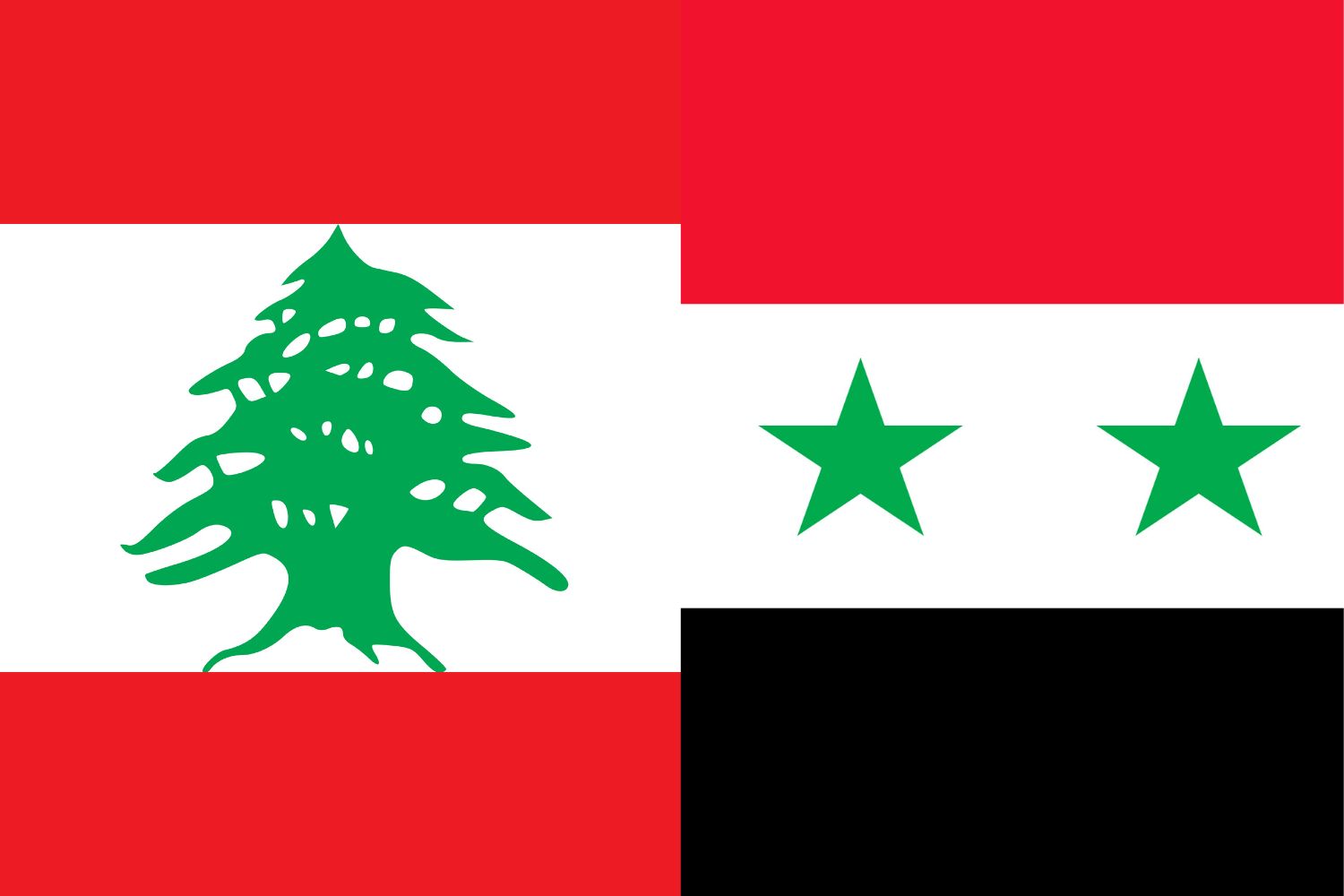
Similarity: Both flags feature three horizontal bands – red, white, and black.
Difference: The Syrian flag includes two green stars in the white band.
Lebanese Flag vs Cypriot Flag
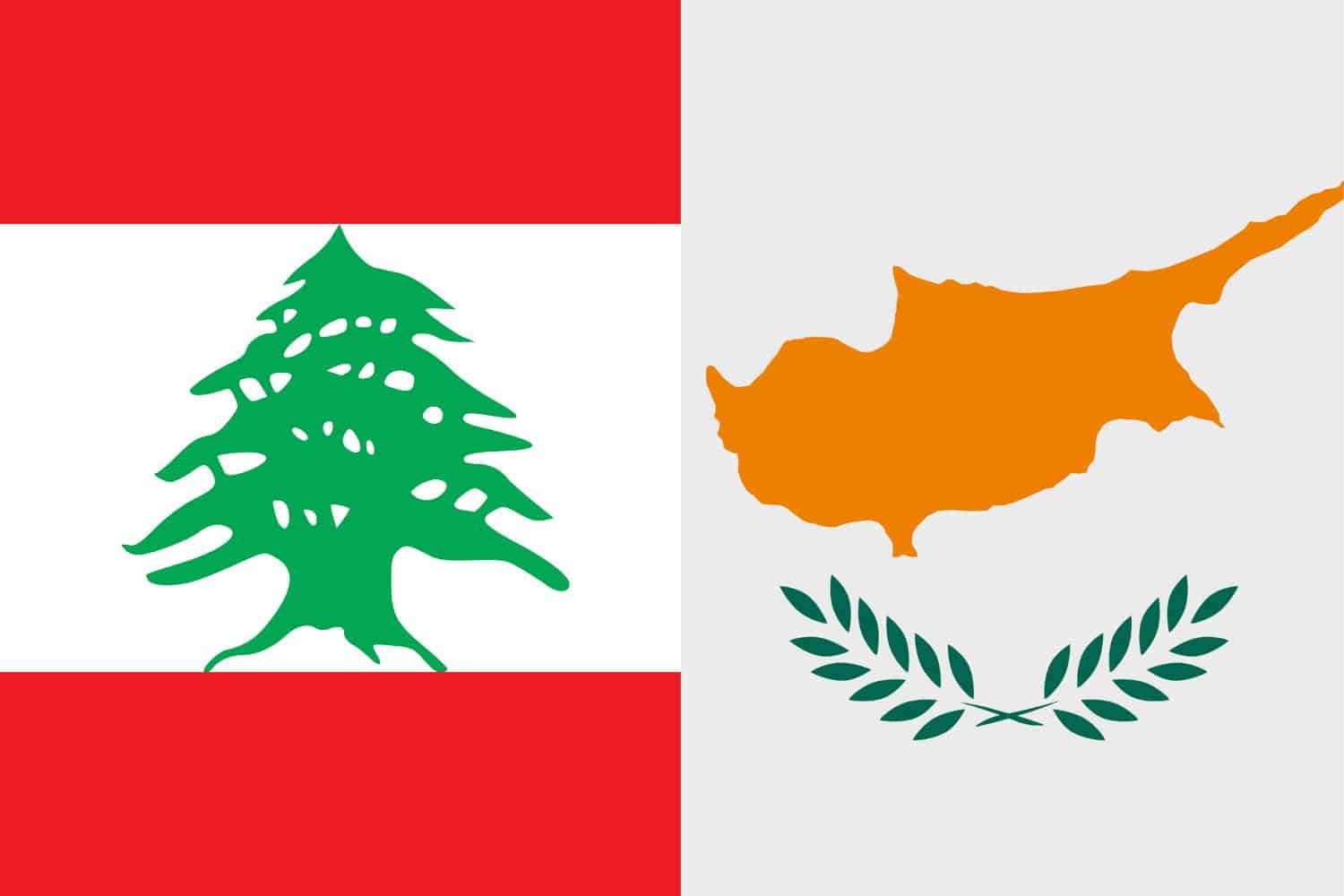
Similarity: Both flags feature a depiction of the island of Cyprus.
Difference: The Cypriot flag includes the map of Cyprus in yellow, surrounded by two olive branches.
Lebanese Flag vs Egyptian Flag
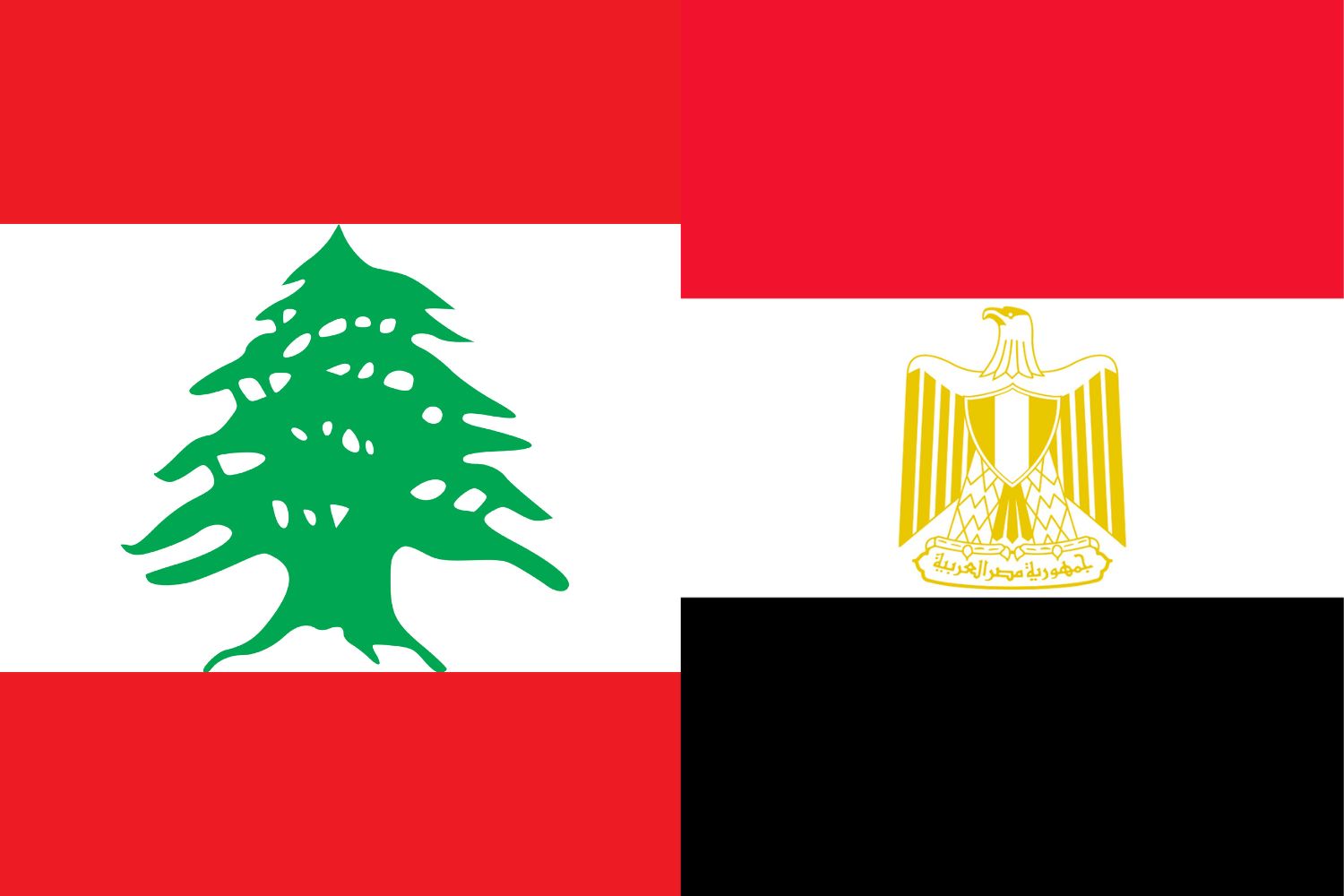
Similarity: Both flags feature three horizontal bands – red, white, and black.
Difference: The Egyptian flag includes the emblem of Egypt, the Eagle of Saladin, in the center of the white band.
Lebanese Flag vs Jordanian flag
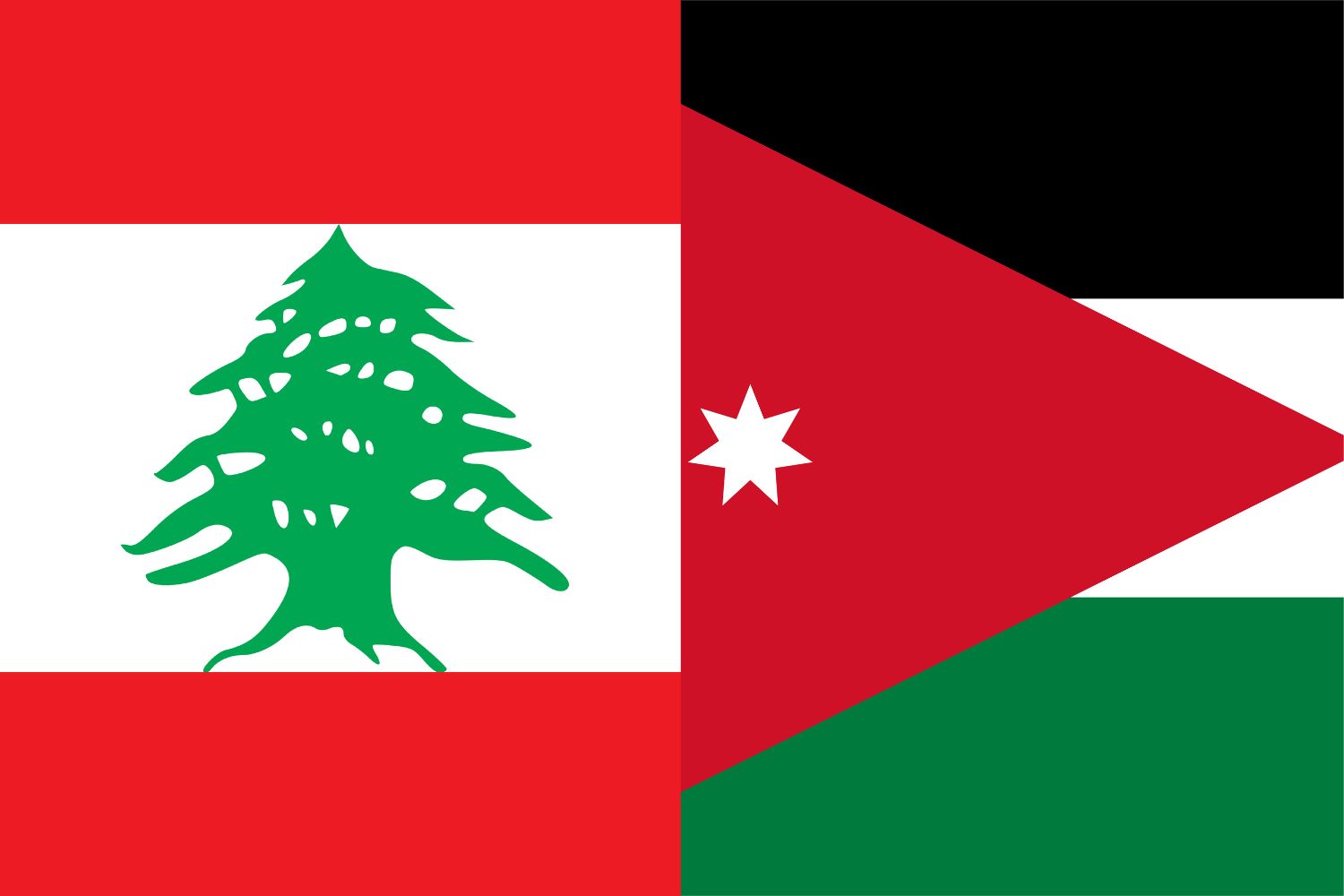
Similarity: Both flags feature three horizontal bands – red, white, and black.
Difference: The Lebanese flag features a green cedar tree at the center of the white band, while the Jordanian flag does not include any emblem or symbol within its horizontal bands.
Frequently Asked Questions (FAQs)
Discover answers to common questions related to the Portugal flag picture. From its historical origins to the symbolism behind its elements, find concise and informative responses that address inquiries commonly posed by those curious about Portugal’s flag.
What do the colors of the Lebanese flag represent?
The red bands on the Lebanese flag symbolize courage and resilience, while the white band represents purity and peace. Together, these colors reflect the values and aspirations of the Lebanese people.
Why is there a cedar tree on the Lebanese flag?
The cedar tree is a national symbol of Lebanon and has great historical and cultural significance. It represents immortality and strength, reflecting the country’s rich heritage and natural beauty.
How old is the Lebanese flag?
The current design of the Lebanese flag was officially adopted on December 7, 1943. However, the use of the red, white, and green colors can be traced back to the early 19th century during the period of the Maanid Emirate.
What is the meaning behind the red double-width bands?
The red double-width bands on the Lebanese flag symbolize the courage and determination of the Lebanese people in their struggle for independence and freedom.
Has the Lebanese flag undergone any changes throughout history?
Yes, the Lebanese flag has seen several modifications in its design. The current flag design, with the cedar tree in the center, was established after Lebanon gained independence from France. Prior to that, variations of the red and white colors were used.
What is the significance of the cedar tree in Lebanese culture?
The cedar tree holds deep historical and cultural significance in Lebanon. It has been mentioned in ancient texts, such as the Bible, and is seen as a symbol of longevity, strength, and national pride.
Are there any restrictions on the use of the Lebanese flag?
The Lebanese flag is a national symbol and should be treated with respect. It should not be altered, defaced, or used for any disrespectful purposes. It is also important to adhere to proper flag etiquette when handling and displaying the flag.
Does the Lebanese flag have any regional or religious symbolism?
The Lebanese flag represents the entire country and does not have any specific regional or religious symbolism. It is a unifying symbol for all Lebanese people, regardless of their background or beliefs.
How does the Lebanese flag reflect the country’s diversity?
Lebanon is known for its diverse population, comprising various religious and ethnic groups. The flag, with its red, white, and cedar tree, serves as a powerful representation of unity and coexistence among these diverse communities.
Can I fly the Lebanese flag outside of Lebanon?
Yes, you can proudly display the Lebanese flag outside of Lebanon to show your support and connection to the country. However, it is important to respect the local regulations and flag protocols of the respective country where you intend to fly the flag.
More About Lebanon
[the-post-grid id=”50388″ title=”Lebanon Main page”]
